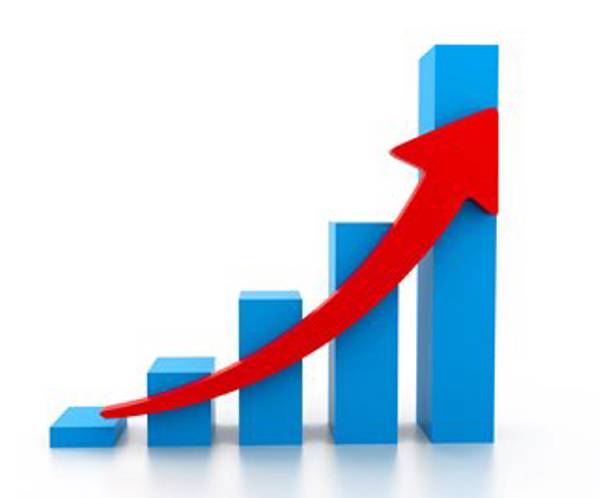Overview
Good health and wellbeing is important – it influences not just how a person feels, but has impacts for society as a whole. The availability and quality of health and welfare programs are central to delivering these outcomes, but difficult to evaluate. Information about expenditure on health and welfare gives an indication of the priority placed on these goods and services among all others in the economy. In Australia, more is spent on health and welfare, both in dollar terms and as a proportion of spending overall, than any other type of expenditure.
Featured summary
The Australian, state and territory and local governments share funding responsibility for health and welfare services.
The AIHW collects, analyses and publishes estimates of expenditure on health and welfare. We also focus on the cost of health services for Aboriginal and Torres Strait Islander people and the cost of diseases.
This work involves being aware not only of the overall level of expenditure, but also of the societal, political and economic pressures that influence the way funding is provided and used. Expenditure is analysed in terms of who provides the services, who funds them and what types of services are funded.
Important issues to consider when analysing and reporting on health and welfare expenditure include:
- Which services are expanding the most rapidly and which are contracting in terms of funding?
- Who funds these services?
- How does expenditure by the Australian Government compare with that of state, territory and local governments?
- What are the respective roles of the government and private sectors in funding these services?
- How much do individuals pay, from their own pockets, for health care? How much is funded by health insurance?
- How does expenditure compare between states and territories?
Featured reports
-
Health expenditure Australia 2021-22
Web report |
-
Medicare Benefits Scheme funded services over time
Web report |
Latest findings
Total health expenditure was $241.3 billion, equating to $9,365 per person or 10.5% of total economic activity
The ratio of government health spending to government expenses increased by 1.8 percentage points compared to 2020–21
Musculoskeletal disorders accounted for the highest spending of all disease groups with $14.7 billion spent in 2020–21
Cancer and other neoplasms ($14.6 billion) and Cardiovascular diseases ($14.3 billion) ranked 2nd and 3rd highest
Australians have been receiving more MBS funded services per person over time
The proportion of fees subsidised through the MBS declined over recent months - after 15 years of relative stability






